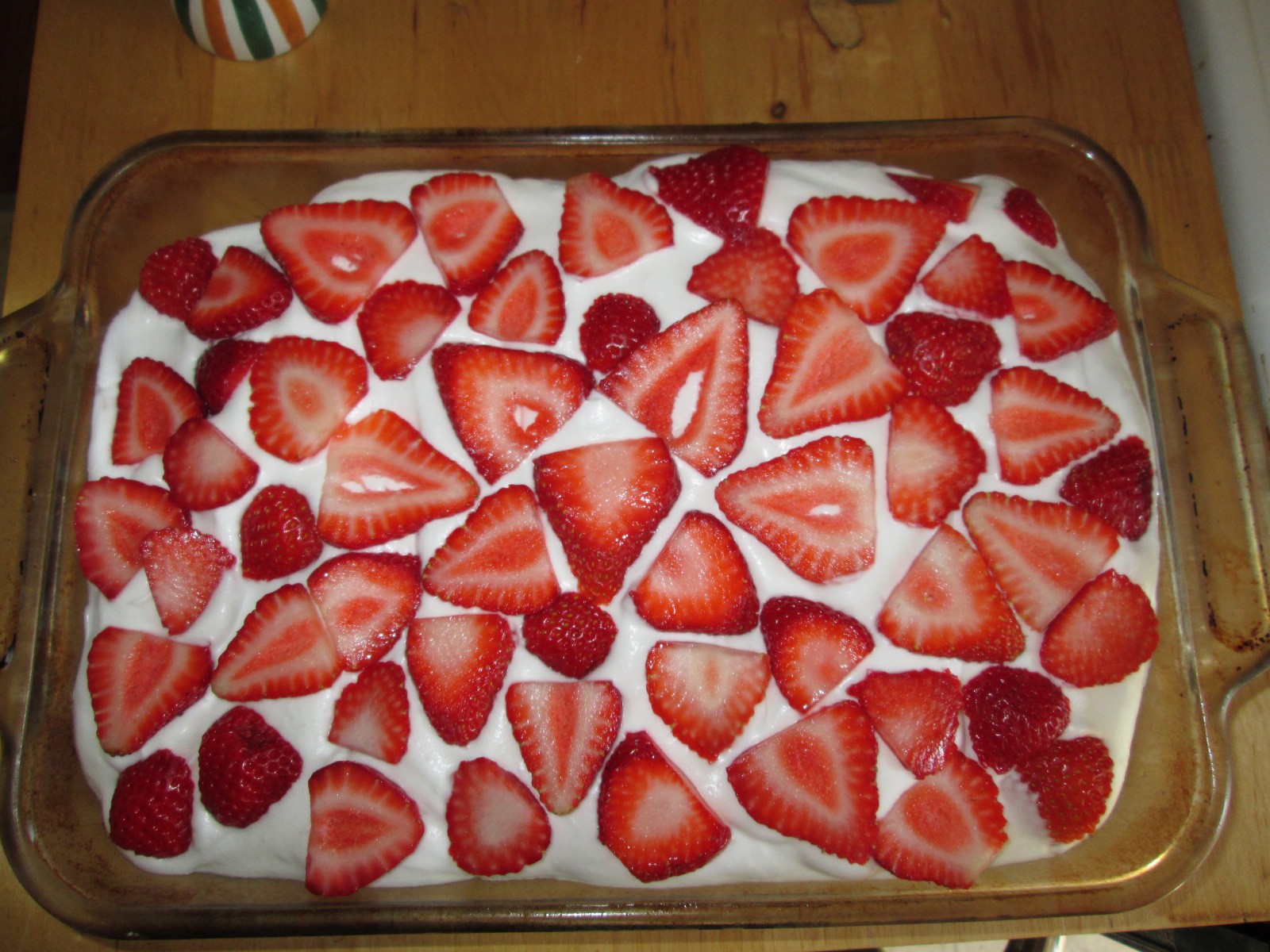
Have I ever said how much I love Thai food? And that my first date with my husband was at a Thai place? Because of the corn, wheat, and coconut allergies, going out for Thai food really isn’t an option anymore. And I miss it, very much. I used to order this appetizer often in the long, long ago before food allergies, and when Mary Kate and I talked about doing a Fry-Day for Thanksgiving this year, I decided to give it a shot. I was very happy. I may have even teared up because it was just like our local Thai joint’s version.
Tod Mun:
Makes about 10-15 or so.
Cucumber Salad/Dipping Sauce:
- 1 cup of Thai Hot and Sweet Dipping Sauce
- 1 cucumber peeled and diced
- 1 cup of cashews, toasted in a skillet or roasted in the oven (If you can have peanuts, use roasted peanuts. If you can’t have nuts, just leave them out.)
Tod Mun:
- 1 pound of Haddock (or other mild white fish, such as Pollock or Halibut)
- 5 ounces of uncooked shrimp, peeled and tail off.
- 2 Tablespoons of Thai Red Curry Paste (If you can use a commercial version, great, but if not, here’s a recipe for it.)
- 1 Tablespoon of safe for you fish sauce (If you don’t have one you can leave it out).
- 1 bunch of scallions, trimmed and chopped into small pieces
- 1 chia egg (1 Tablespoon of ground or milled chia seed mixed with 3 Tablespoons of water)
- safe oil for frying enough to fill the pot about 3 to 4 inches deep
For the frying:
- A pot deep enough to accommodate about 3 inches of oil and the frying thermometer, a thick stainless steel stock pot or an enameled dutch oven would be best. You also want a pot that’s tall enough that the edge is 4 or more inches above the oil level. It’s safer and there’s less splatter all around. We do not recommend using anything with Teflon or nonstick coatings. Of course, if you have an actual deep fryer appliance, use that.
- frying thermometer (the link goes to the one we used)
- tongs and/or slotted frying spoon/spider (we used a silicone one rather than the traditional wire and bamboo, but I can’t find a picture of ours)
- plate or cookie sheet, lined with paper towels
Set up your frying pot, add your safe oil, and set up your thermometer. Start heating your oil over medium heat, as it will take some time to reach the right temperature. You are aiming for about 350ºF.
Chop your toasted/or roasted cashews and place them in a bowl. Add your your peeled and diced cucumber and the Thai Hot and Sweet Dipping Sauce, and mix well to combine. Set aside.

Chop the haddock into pieces small enough to put in your food processor. Place the haddock and the shrimp in a food processor with the regular cutting blade and process until the haddock and shrimp forms a smooth paste. Empty the mixture into a large mixing bowl, making sure you scrape down all the sides of the food processor bowl carefully. Also, wash your food processor parts immediately. You really don’t want the fish mixture to dry to your food processor bowl, cover and blade.
Mix in the Thai Red Curry Paste and fish sauce, until well combined. Then add the scallions and chia egg, and mix thoroughly.

Once your oil is hot and has reached 350ºF. Use two large spoons to form a rough patty, and drop it into the oil. Depending on the size of your pot, you may only be able to do a few at a time. I had a 10 quart stockpot and I was only able to do about five at time.

Fry them for about 4-5 minutes or until golden brown.. Place them to drain on the paper towels.


Once you have fried all of them, serve them with the cucumber salad/dipping sauce.

Enjoy!





























